JAPAN'S UNESCO REGISTRATION PLANS
입력 2021.12.29 (15:28)
수정 2021.12.29 (16:45)
읽어주기 기능은 크롬기반의
브라우저에서만 사용하실 수 있습니다.
[Anchor Lead]
Yesterday we had a story about traces still found at Japan’s Sado mine testifying to forced Korean workers who toiled there during the colonial era. Japan's Agency for Cultural Affairs has begun procedures to name the mining facilities a candidate site for registration on the UNESCO World Heritage list. But a Japanese official said they are not reviewing mentioning the forced labor part of history in the process.
[Pkg]
Japan’ Sado mines that operated in the early modern era had mobilized forced Korean labor. Writings and photos on display explain how mining took place inside the pit during a century long period.
[Soundbite] Sho Nahata(Sado Mine Managing Officer) : "This is the rail for the trams. (The trams went through here?) Yes."
But there is no mention of how Koreans were forced into labor during the Pacific War as Japan scrambled to secure war supplies. Niigata Prefecture which has been pushing for the site’s UNESCO designation said it is not considering mentioning the use of forced labor.
[Soundbite] Yumiko Oda(Niigata Prefecture official in charge of UNESCO) : "(You don’t know if forced labor-related facts will be included or not?) That’s right. (Is it not under review?) No. It’s not yet under review as far as it concerns Sado City and Niigata Prefecture."
Prefecture officials believe that is a matter to be decided by the Japanese government.
[Soundbite] Yumiko Oda(Niigata Prefecture official in charge of UNESCO) : "It’s a diplomatic issue so it falls under government decision. It’s difficult for me, a mere local official, to answer that question."
The Agency for Cultural Affairs chose the Sado mine as the sole candidate for World Heritage listing citing its outstanding universal value. However as the issue of UNESCO designation of colonial sites has been a sensitive bilateral issue with Korea as in the case of Hashima Island, Japan may well likely exclude the period in question and thereby omit related historic facts concerning the Sado mine. The Tokyo government is soon expected to formally submit its recommendation to UNESCO for the site’s inscription. The UN body will decide on the designation in 2023. In protest of Japan’s decision, Seoul’s Foreign Ministry called in a senior Japanese Embassy official and urged Tokyo to immediately withdraw its push to seek listing of the Sado mine.
Yesterday we had a story about traces still found at Japan’s Sado mine testifying to forced Korean workers who toiled there during the colonial era. Japan's Agency for Cultural Affairs has begun procedures to name the mining facilities a candidate site for registration on the UNESCO World Heritage list. But a Japanese official said they are not reviewing mentioning the forced labor part of history in the process.
[Pkg]
Japan’ Sado mines that operated in the early modern era had mobilized forced Korean labor. Writings and photos on display explain how mining took place inside the pit during a century long period.
[Soundbite] Sho Nahata(Sado Mine Managing Officer) : "This is the rail for the trams. (The trams went through here?) Yes."
But there is no mention of how Koreans were forced into labor during the Pacific War as Japan scrambled to secure war supplies. Niigata Prefecture which has been pushing for the site’s UNESCO designation said it is not considering mentioning the use of forced labor.
[Soundbite] Yumiko Oda(Niigata Prefecture official in charge of UNESCO) : "(You don’t know if forced labor-related facts will be included or not?) That’s right. (Is it not under review?) No. It’s not yet under review as far as it concerns Sado City and Niigata Prefecture."
Prefecture officials believe that is a matter to be decided by the Japanese government.
[Soundbite] Yumiko Oda(Niigata Prefecture official in charge of UNESCO) : "It’s a diplomatic issue so it falls under government decision. It’s difficult for me, a mere local official, to answer that question."
The Agency for Cultural Affairs chose the Sado mine as the sole candidate for World Heritage listing citing its outstanding universal value. However as the issue of UNESCO designation of colonial sites has been a sensitive bilateral issue with Korea as in the case of Hashima Island, Japan may well likely exclude the period in question and thereby omit related historic facts concerning the Sado mine. The Tokyo government is soon expected to formally submit its recommendation to UNESCO for the site’s inscription. The UN body will decide on the designation in 2023. In protest of Japan’s decision, Seoul’s Foreign Ministry called in a senior Japanese Embassy official and urged Tokyo to immediately withdraw its push to seek listing of the Sado mine.
■ 제보하기
▷ 카카오톡 : 'KBS제보' 검색, 채널 추가
▷ 전화 : 02-781-1234, 4444
▷ 이메일 : kbs1234@kbs.co.kr
▷ 유튜브, 네이버, 카카오에서도 KBS뉴스를 구독해주세요!
- JAPAN'S UNESCO REGISTRATION PLANS
-
- 입력 2021-12-29 15:28:12
- 수정2021-12-29 16:45:33
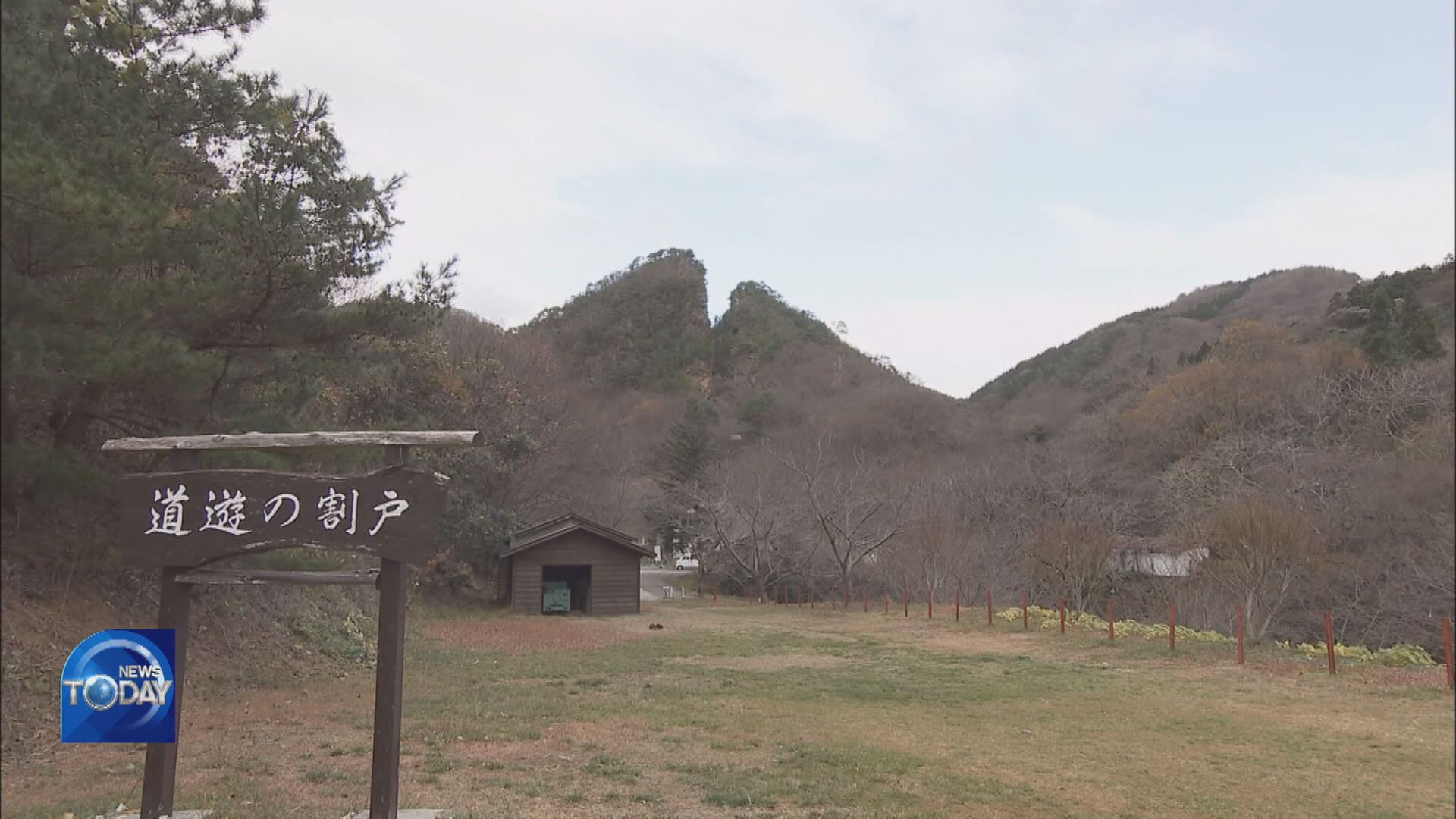
[Anchor Lead]
Yesterday we had a story about traces still found at Japan’s Sado mine testifying to forced Korean workers who toiled there during the colonial era. Japan's Agency for Cultural Affairs has begun procedures to name the mining facilities a candidate site for registration on the UNESCO World Heritage list. But a Japanese official said they are not reviewing mentioning the forced labor part of history in the process.
[Pkg]
Japan’ Sado mines that operated in the early modern era had mobilized forced Korean labor. Writings and photos on display explain how mining took place inside the pit during a century long period.
[Soundbite] Sho Nahata(Sado Mine Managing Officer) : "This is the rail for the trams. (The trams went through here?) Yes."
But there is no mention of how Koreans were forced into labor during the Pacific War as Japan scrambled to secure war supplies. Niigata Prefecture which has been pushing for the site’s UNESCO designation said it is not considering mentioning the use of forced labor.
[Soundbite] Yumiko Oda(Niigata Prefecture official in charge of UNESCO) : "(You don’t know if forced labor-related facts will be included or not?) That’s right. (Is it not under review?) No. It’s not yet under review as far as it concerns Sado City and Niigata Prefecture."
Prefecture officials believe that is a matter to be decided by the Japanese government.
[Soundbite] Yumiko Oda(Niigata Prefecture official in charge of UNESCO) : "It’s a diplomatic issue so it falls under government decision. It’s difficult for me, a mere local official, to answer that question."
The Agency for Cultural Affairs chose the Sado mine as the sole candidate for World Heritage listing citing its outstanding universal value. However as the issue of UNESCO designation of colonial sites has been a sensitive bilateral issue with Korea as in the case of Hashima Island, Japan may well likely exclude the period in question and thereby omit related historic facts concerning the Sado mine. The Tokyo government is soon expected to formally submit its recommendation to UNESCO for the site’s inscription. The UN body will decide on the designation in 2023. In protest of Japan’s decision, Seoul’s Foreign Ministry called in a senior Japanese Embassy official and urged Tokyo to immediately withdraw its push to seek listing of the Sado mine.
Yesterday we had a story about traces still found at Japan’s Sado mine testifying to forced Korean workers who toiled there during the colonial era. Japan's Agency for Cultural Affairs has begun procedures to name the mining facilities a candidate site for registration on the UNESCO World Heritage list. But a Japanese official said they are not reviewing mentioning the forced labor part of history in the process.
[Pkg]
Japan’ Sado mines that operated in the early modern era had mobilized forced Korean labor. Writings and photos on display explain how mining took place inside the pit during a century long period.
[Soundbite] Sho Nahata(Sado Mine Managing Officer) : "This is the rail for the trams. (The trams went through here?) Yes."
But there is no mention of how Koreans were forced into labor during the Pacific War as Japan scrambled to secure war supplies. Niigata Prefecture which has been pushing for the site’s UNESCO designation said it is not considering mentioning the use of forced labor.
[Soundbite] Yumiko Oda(Niigata Prefecture official in charge of UNESCO) : "(You don’t know if forced labor-related facts will be included or not?) That’s right. (Is it not under review?) No. It’s not yet under review as far as it concerns Sado City and Niigata Prefecture."
Prefecture officials believe that is a matter to be decided by the Japanese government.
[Soundbite] Yumiko Oda(Niigata Prefecture official in charge of UNESCO) : "It’s a diplomatic issue so it falls under government decision. It’s difficult for me, a mere local official, to answer that question."
The Agency for Cultural Affairs chose the Sado mine as the sole candidate for World Heritage listing citing its outstanding universal value. However as the issue of UNESCO designation of colonial sites has been a sensitive bilateral issue with Korea as in the case of Hashima Island, Japan may well likely exclude the period in question and thereby omit related historic facts concerning the Sado mine. The Tokyo government is soon expected to formally submit its recommendation to UNESCO for the site’s inscription. The UN body will decide on the designation in 2023. In protest of Japan’s decision, Seoul’s Foreign Ministry called in a senior Japanese Embassy official and urged Tokyo to immediately withdraw its push to seek listing of the Sado mine.
이 기사가 좋으셨다면
-
좋아요
0
-
응원해요
0
-
후속 원해요
0










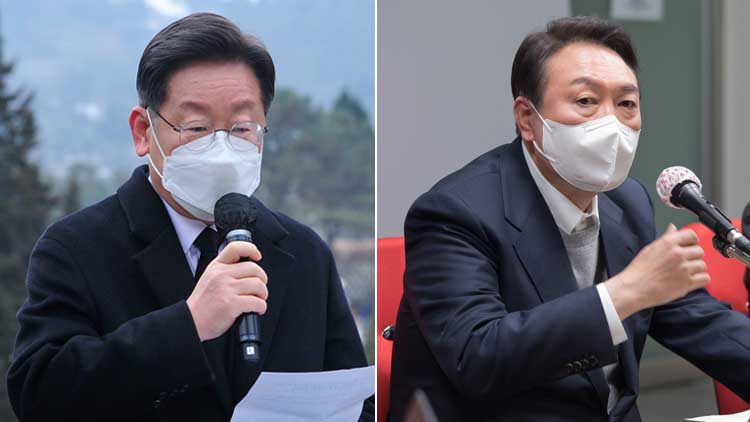
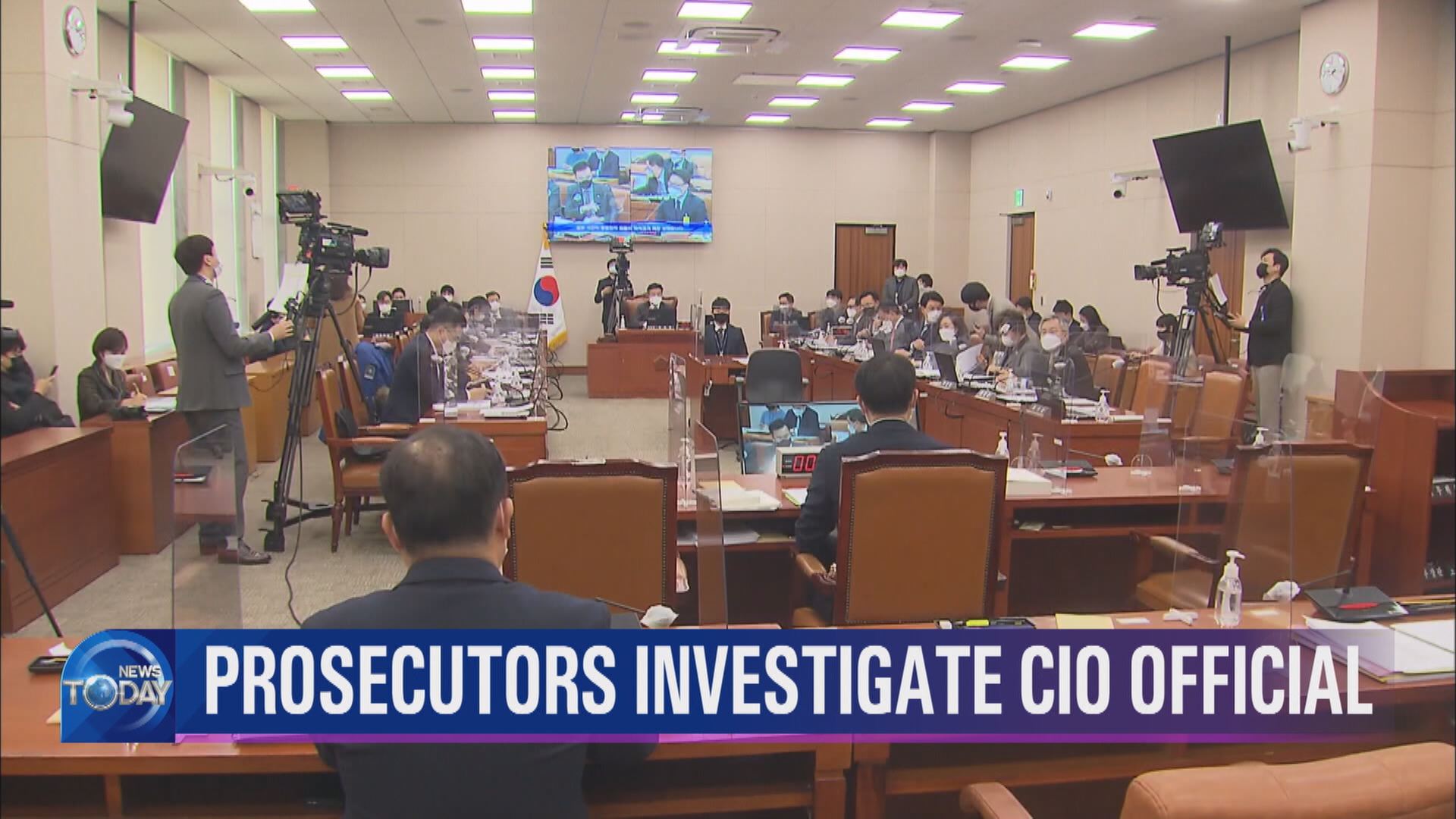
![[단독] 김민석 총리, 취임 첫 일정으로 ‘송미령 반대’ <br>농민단체 농성장 방문](/data/news/2025/07/03/20250703_YUTdgQ.png)
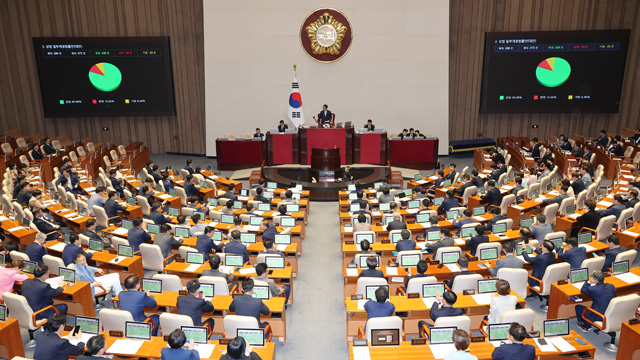
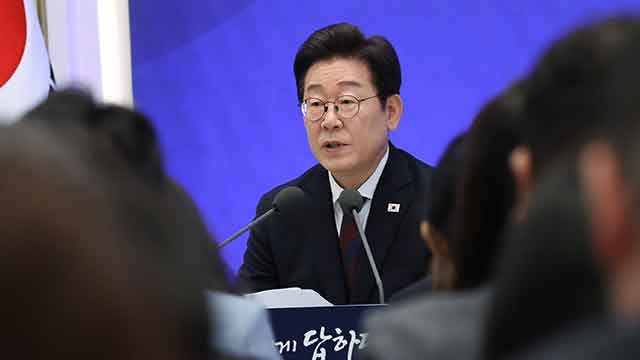


이 기사에 대한 의견을 남겨주세요.